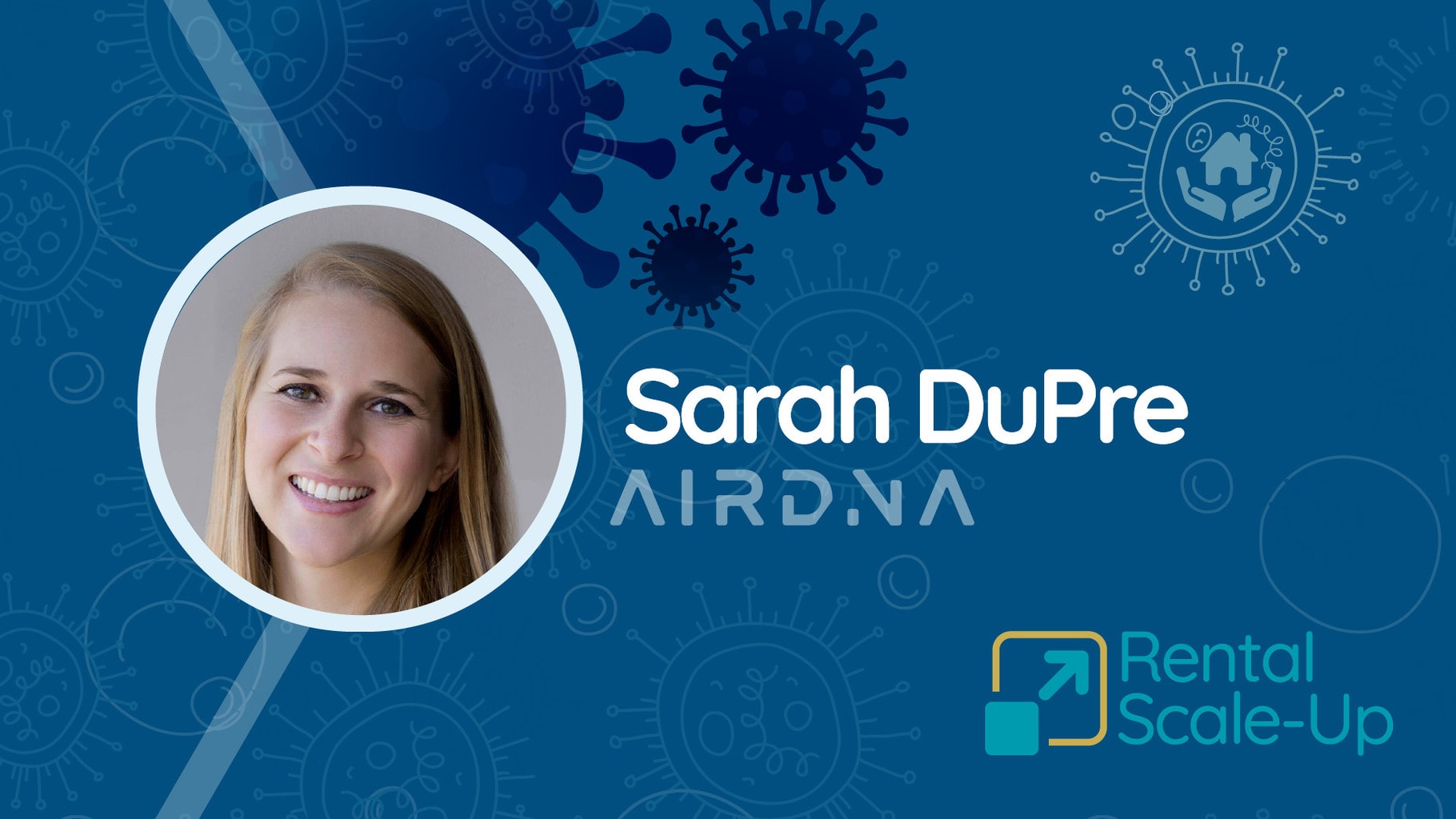

The second graph shows the median booked rate for this year and last year.


The first graph on the dashboard shows the number of available listings compared to the number of booked listings on a given day, showing the occupancy rate of the market.AirDNA’s new Future Demand Analysis dashboard looks at “pacing,” which is a term that refers to what’s happening right now compared to what was happening at the same time last year.They’re comparing historical market performance with current performance to see whether markets are recovering or not and what the pace of recovery looks like. Sarah’s team is now developing ways to provide valuable insight based on the data they do have.Some of these tools have even disabled their services because they recognize that they can’t make accurate predictions when the market is in such an uncertain state. Since short-term rental pricing tools ( Pricelabs, Airbnb’s Smart Pricing, even AirDNA’s own tool) provide recommendations based on historical data and trends, their recommendations aren’t necessarily accurate right now.Travel may be more localized this year that is, people will travel within their own country rather than internationally due to lockdowns and travel restrictions.The Hamptons market, for example, is seeing a big increase in bookings (300%) driven by people leaving NYC to self-isolate outside the city.People looking for a quiet place to work, perhaps if they have kids or other distractions at home.Medical professionals and family members who needed a place to stay in an area near the hospital.These new bookings fell into two categories:.AirDNA was surprised to see new bookings showing in their data sets, so they spoke with property managers in the Barcelona area who confirmed that they are indeed receiving bookings. Sarah and her team at AirDNA are currently working on gathering data from property managers to assess the state of the short-term rental industry.


 0 kommentar(er)
0 kommentar(er)
